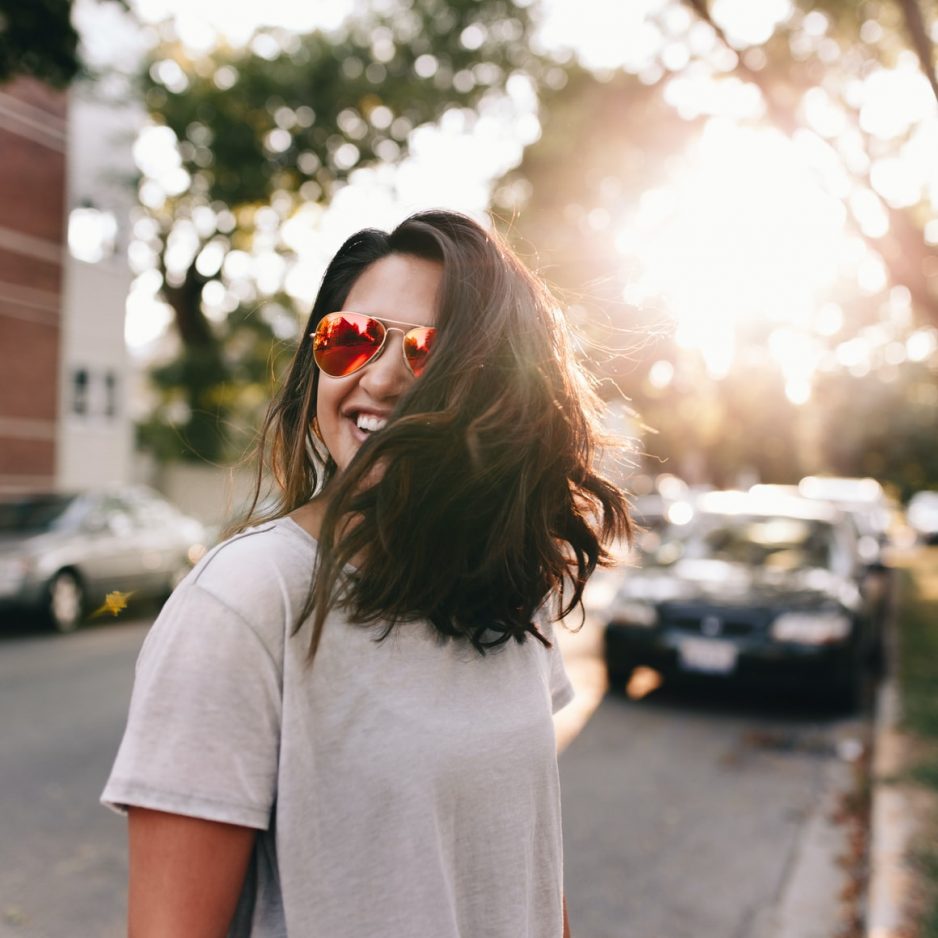When it comes to dressing well for summer, the central problem is almost always the same: how do you look good when there are few opportunities for layering?
To be sure, if your clothes fit well, you can look great in an oxford-cloth button-down and some chinos. But these combinations can feel safe and generic, maybe even verging too close to business casual. If you want to inject a bit more personality into an outfit, it helps to think more about your shirts. Solid white and light blue shirts can work year round, but summer offers so many more options: shirts can be more boldly colored and patterned, come in unique materials, and feature more stylish collar lines. Here are some things to consider if you’re looking to pepper a more basic shirt wardrobe with some summer-ready options.
The aim of a shirt bought for summer might seem easy: to stay cool. But there are several variations here, and crossovers with styles and other functionality.
This, then, is our substantive yet focused guide to buying a shirt fabric for the warmer months.
Linens
Treatments can also help deal with odour, but these suggested linens and cottons are so breathable that odour isn’t usually more of a problem in the summer than the winter.
A bigger issue is longevity: being lighter and more open, a lot of these fabrics are more delicate.
But again, that’s an area where linen comes into its own. Being such a strong fibre, it should last better than almost any cotton, and doesn’t pill.
Linen also takes colour well, particularly natural and earthy colours – which can be an aim with summer shirts.

Cotton
Overall, I’d say cotton/linen is the best general option for a versatile summer shirt, but it’s worth having some shirts in other fibres for particular situations.
Linen is beautiful when freshly ironed, and perhaps best for holiday and other casual occasions. A weave like Giro Inglese is amazingly lightweight and suited to those that really suffer from the heat, or humidity. And zephyr can be both breathable and unusual.
Think About Color
It’s been said that blue is one of the most flattering colors you can wear, whether that’s through navy suits or light blue shirts, and it’s true. It’s gentle on your complexion, plays well with other colors, and if you happen to have blue eyes, the color may even make your eyes sparkle. White shirts, while often billed as a wardrobe staple, are a little starker and more formal. We think they’re usually best with formal suits, but they can also be useful in the summer. Think of casual suits and sport coats in cotton, linen, and tropical wool; white with chinos or jeans; and airy white linen shirts with shorts.
One way to make any outfit feel more summer-ready is to brighten up your colors. Navy turns into French blue; dark brown becomes dusty tan. But how do you incorporate more cheerful colors without turning into a Crayola box? Michael Hill, the Creative Director at Drake’s, suggests starting with your shirts. “Something in a mid-blue or grapefruit pink can be a way to incorporate more color into a wardrobe without making you feel like you’re stepping out of your comfort zone,” he says.
Summer is a good time for colors such as sunflower yellow, Tiffany green, and lavender. As shirts, I find these colors are often easier to wear as Bengal stripes, rather than solids, but a lot depends on the shirt’s overall design. More saturated or sober colors, such as an inky dark blue or a dusty tan, can help anchor a bright summer outfit when everything feels like it’s visually floating away.

Think About Patterns
Light blue shirts will go with nearly everything, but in the summer, bolder patterns can also be useful. One reason is that summer suits and sport coats tend to be solid colored, so a more daring check or stripe underneath a jacket can help add visual interest. And since most men today are going without a tie — especially on hot days — a bolder pattern can help take up the space between a jacket’s fronts. Similarly, for casualwear, a light blue shirt may look too dressy. Instead, you can try things such as Aloha prints and florals, multi-colored checks and stripes, and slightly larger patterns. Madras, which is a colorful light-cotton check that comes out of India, is particularly useful.
Some good rules to remember: the more unusual the pattern, or the larger the pattern’s scale, the more casual the shirt will look. At the moment, I really like how wide or multi-colored stripes look with tailored jackets and casualwear, or even worn on their own with a dressier pair of chinos and some slip-on shoes.
So, what is a perfect fit?
Fit: Well, your tee shouldn’t be too tight, neither too baggy. It should drape on you in a way that only enhances your physical features if YOU want them to be enhanced. If you feel bulky, wear a slightly loose shirt but avoid boxy tees at all costs.
Shoulders and Sleeves: Your shoulders’ seam, for example, should fall right under where your shoulder ends to give you a sleek look. But if you are going out for sports or to the gym, you can have a Regan-style stitch which can give you ample underarm area for free movement.
Length: When it comes to length, your T-shirt should at least cover or reach your waist. If you want a slightly longer one, make sure it is not stretched too further to cover the whole zip closure.